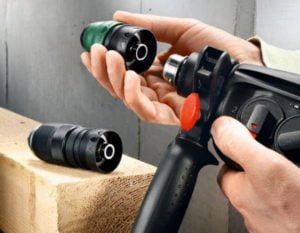In the first part of this article, we discussed the principles of angle grinders and their main parameters. Now let’s talk about what should be considered when buying a grinder and consumables for it, as well as what you can’t do without when working with this tool — about safety.
Useful tips when choosing a tool
Going shopping in a company store, decide on the types, conditions and volumes of work that you want to perform with an angle grinder.
- For grinding in hard-to-reach places, choose machines with a “duck nose”, a rotary head or a handle.
- Choose a large-sized machine only if you are planning serious work. At the same time, pay attention to the alignment of the cutting tool and the presence of vibration protection systems. Keep in mind that in the process of cutting materials, the maximum depth of the groove is 1/3 of the diameter of the circle.
- Pay attention to the control of the machine at different positions of the handle. The presence of gaps at the junction of the handle with the body worsens the work with the angle grinder. Do not chase large sizes (circle diameter more than 125 mm) unnecessarily. It’s harder to work with them, and fatigue comes faster.
A well-centered angle grinder with an ergonomic design feels like an extension of the operator’s hand – like a tennis racket. With him you feel like a familiar tennis player: You want to play, play and play!
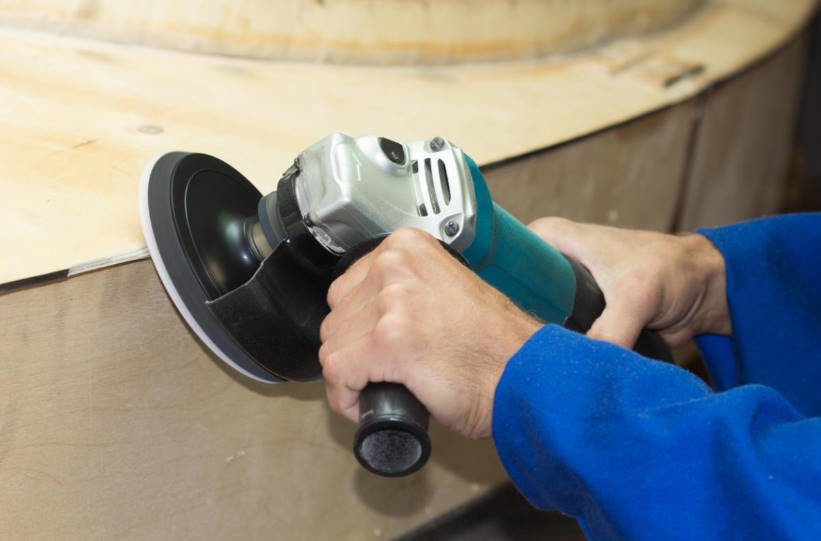
A well-centered grinder is felt when pulling the operator’s hand
When choosing cutting wheels , pay attention to the color that manufacturers label their cutting tools with. The colors depend on the material for which the circles are intended: metal, concrete, ceramic tiles, etc.
Types of consumables for finishing and construction works
- Diamond cutting discs. They have high productivity and are a cutting tool of high precision (accuracy). Suitable for working with concrete, ceramics.
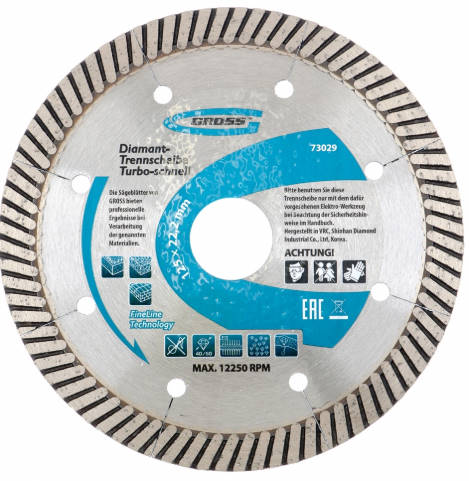
Diamond cutting disc
- Abrasive cutting discs are designed for cutting parts made of steel, cast iron, stone, slate, brick.
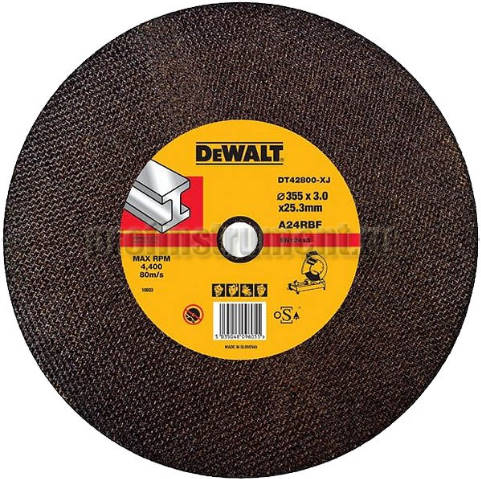
Cutting discs
- Abrasive grinding wheels are used to process parts before applying varnishes or paints.
- Fiber grinding wheels are used to remove rust, as well as to grind welding seams.
- Cleaning circles are designed to remove paint or rust from metal products.
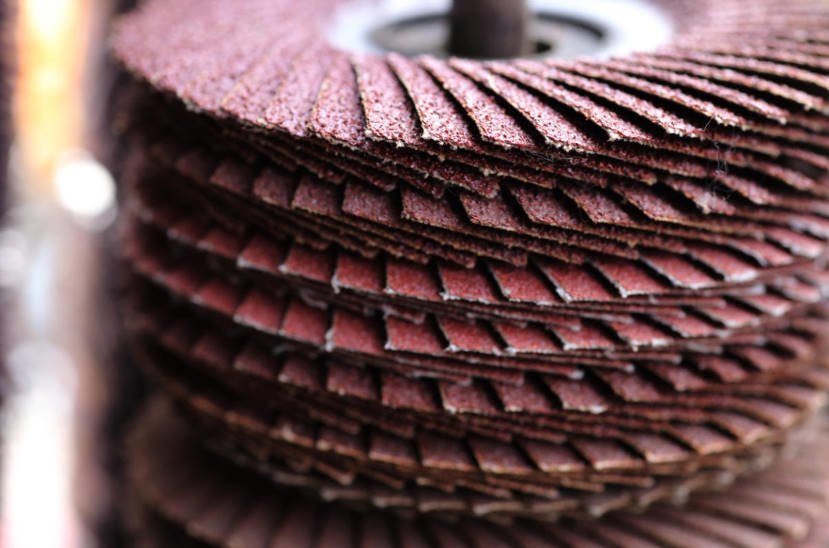
Grinding wheel
- Abrasive brushes are used to remove coatings and rust, and to process the texture of wood.
Safety
The angle grinder is a highly dynamic power tool that requires really strict compliance with safety rules.

When working with an angle grinder, precautions must be strictly observed!
- The operator must be outside the plane of possible scattering of disk fragments.
- When working with the grinder, it is necessary to make sure that the fastening of the processed product is reliable and that there are no flammable materials near it. To extinguish a fire, possible from sparks, a bucket of water should be placed next to it.
- The handles of the grinding machine should be held with both hands, and avoid transferring the mass of the operator to the workpiece. He must stand firmly on a solid surface with both feet.
- When working with the grinder, only circles (stones) of the usual size are used. It is forbidden to remove the protective cover and install a larger diameter working tool.
- It is forbidden to put the tool on any plane until the complete stop of rotation of the working body.
- When working with an electric grinder ,control the location of the power cord. It should not fall into the processing area of the product.
- It is also advisable to wear gloves and safety glasses when working.
Information for technical gourmets
This chapter is intended for those readers who like to dig into the womb of “iron”. Ordinary users may well skip this with a light heart without any loss of information.
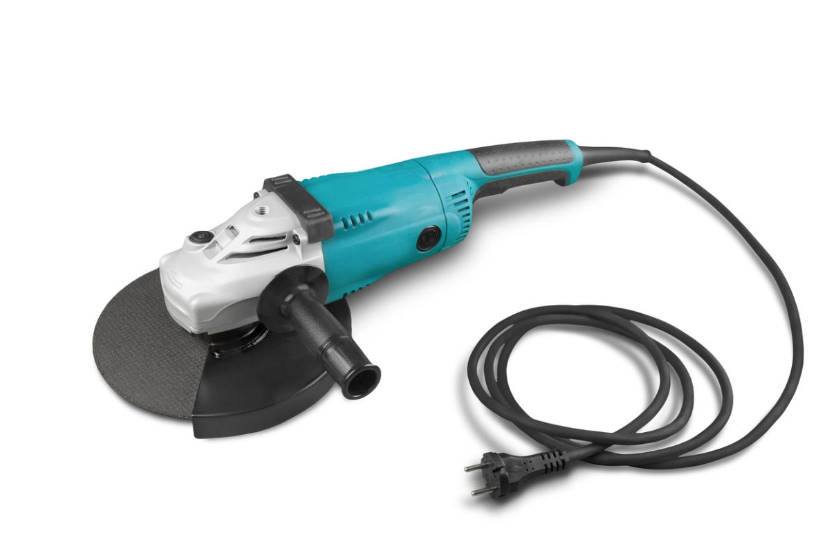
Grinding machine
In the previous part of the article, we reasonably complained about the “Achilles heel” of the collector electric motors used — a current-removing device made in the form of a collector-brush contact pair. Of course, this disadvantage applies not only to angle grinders.
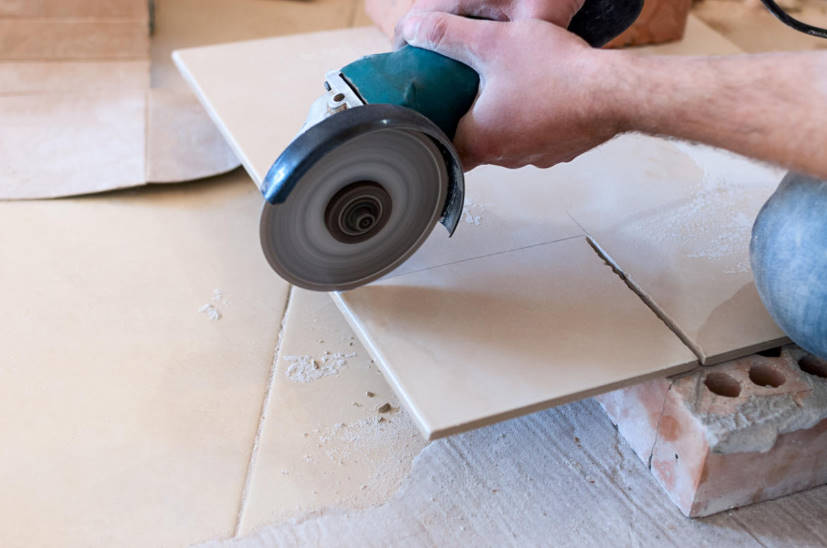
Cutting of silicate plate
Recently, however, there has been a hopeful light at the end of the tunnel. Future: this is a tool with a brushless motor. Compared with a conventional collector motor, brushless:
- they are characterized by a large work resource (since they have fewer rubbing parts and smaller weight and size parameters);
- it has great efficiency;
- allows the rechargeable angle grinder to work longer on a single battery charge.
As an example, we can consider a novelty from Metabo, designed for a circle with a diameter of 230 mm. A distinctive feature of this tool is the rotor, which has a closed housing, which eliminates the ingress of dust. But dust is an essential companion in the work of an angle grinder. In traditional designs, metal dust gets into the gap between the stator and the rotor, sticks to the latter and makes it difficult to move inside the stator. And this, in turn, is fraught with increased wear and premature failure of the machine.


